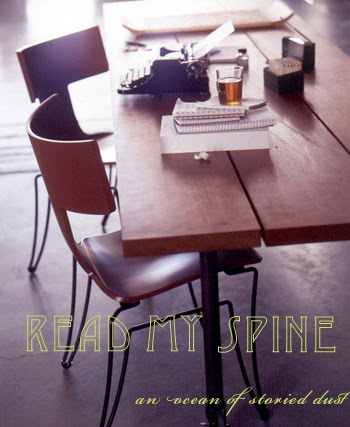
Vincere (dir. Marco Bellocchio) tells the story of the woman who may or may not be
Benito Mussolini's first wife, Ida Dalser. The film, set within the backdrop of
Italy at a time of deep social and political revolution, reveals the volatile love
affair between the two, and its repercussions as they play out amidst Mussolini's
rise to power (Dalser, who bore a son with Mussolini, left Milan for her native Trento,
where she spent the rest of her life under Fascist party surveillance. She was forcibly interned
at the asylum of Pergine Valsugana, and died in 1936 on the island of San Clemente in Venice.
Her son, Benito Albino Mussolini, died in 1942 at age 26, in an asylum in Mombello, Milan.)
The film, while deliberately focusing on Dalser's story,
masterfully depicts the powerful role
that intellectual movements such as Futurism, as well as celluloid films and propaganda newsreels,
had in shaping the zeitgeist of Fascist-era Italy -- the black, monumental visage
of "Il Duce" looming in the background throughout the last half of the film
as a grim adumbration of the man whose physical presence charged the first half of the film.
Marco Bellocchio remarks on this topic in an interview with Fabio Periera that appeared
in the Huffington Post:
"I think the historical aspect of the story is extremely interesting because I chose to tell a passionate story set at a time of deep social revolution. These deep changes in society were not only that, but there were also changes at the artistic level. In fact, in the film, futurism has a great role. And futurism was an artistic movement that was primarily Italian at the time and Mussolini actually supported that, and the futurist artists all supported fascism later on. Also, it's right in those years that cinema became important and a mass phenomenon. And Mussolini was indeed the first politician in Italy who (understood) the strategic importance of a poltician's image. In this sense, we can draw parallels with prime minister Silvio Berlusconi today."
 Vincere, dir. Marco Belloccho, Starring Filippo Timi as Mussolini and Giovanna Mezzogiorno as Ida Dalser
Vincere, dir. Marco Belloccho, Starring Filippo Timi as Mussolini and Giovanna Mezzogiorno as Ida DalserRead More

























